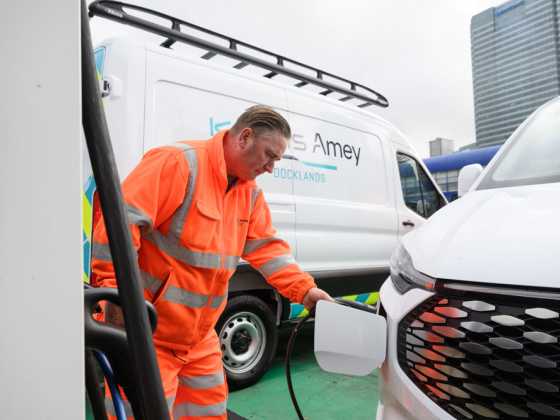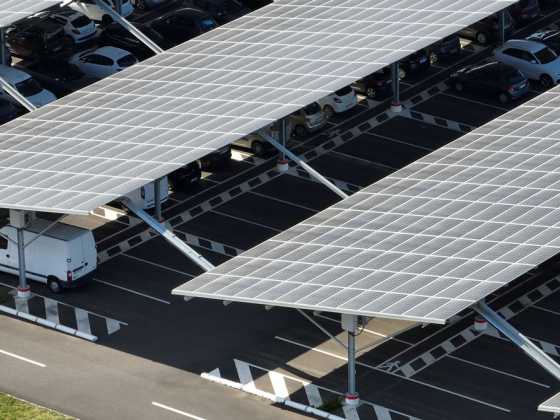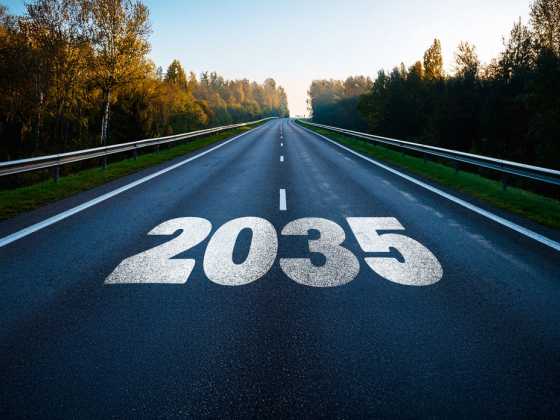Andy Eastlake on charge points

Zemo Partnership's Andy Eastlake takes on the chargepoint debate - and concludes that it’s not just how many there are, but what they can do, that matters
Rarely a day goes by without some representative of the automotive media calling for the urgent construction of more EV recharging infrastructure, often suggesting that the insufficiency of chargepoints is – or will be - holding back vehicle uptake.
While we certainly need to continue to invest in and build our charging network, the narrow focus on the total number of chargepoints misses fundamental questions around capacity and utilisation of the hardware.
Chargepoints come in many forms and increasingly sophisticated and powerful shapes and sizes. ZapMap’s latest statistics for numbers of ‘slow’, ‘fast’, ‘rapid’ and ‘ultra-rapid’ chargers show that approaching half (40%) of the capacity available to vehicles (in terms of kilowatts of power) is provided by just 6% of chargepoints; specifically the 2100+ ‘ultra-rapids’ now available. For comparison, public ‘slow’ chargers deliver only 5% of the charge capacity currently.
Overlay this potential capacity with the typical utilisation of different chargepoints and, based on a nominal 25kWh charge (the average energy delivered as reported in recent Mina data), we see that an on-street ‘slow’ chargepoint may only service two vehicles per day while an ‘ultra-rapid’ could service up to 140 in the same period.
Under the Alternative Fuel Infrastructure Regulation (AFIR), the European Commission proposes that there will need to be 1kW of public charging capacity per registered battery electric vehicle in each country (and 0.66kW per PHEV). Analysis by the ICCT suggests this level is appropriate for a mature EV market with 15% or more of the vehicles with plugs, but higher targets are necessary whilst the infrastructure and parc are both developing. The UK’s charging network capability currently exceeds this level but, of course, with rapidly growing numbers of BEVs entering the parc, it’s vital that installed charging infrastructure keeps pace. (It should also be noted that the EU’s proposal falls some way short of what the European car industry association, ACEA, currently says is necessary - 3kW per BEV.)
While the number of chargepoints in the UK has increased only 17% in 2022 year-to-date, their throughput capacity has increased 35%. Another indication that relying solely, or mainly, on chargepoint numbers could lead to the setting of unhelpful or misleading targets.
Through our work at Zemo with the EV Energy Taskforce, we know Government and regulators are rightly focussed more on ensuring that installed chargepoints are available; working (where appropriate with ‘smart’ capability); accessible and easy-to-use, and less on the ‘headline’ number of chargepoints installed. We support this need to focus more on appropriate (typically location-determined) capacity and usage models for the infrastructure to ensure it supports the transition. But ’sweating the asset‘ through incentives to encourage sharing and the optimal utilisation of existing chargepoints – through initiatives like CoCharger and ChargeBnB – can also help to reduce the numbers of chargepoints required to service the full EV fleet. This is critical since we already know underutilised assets often get forgotten and fall into disrepair.
In summary, if we’re to deliver the most efficient and effective infrastructure for tomorrow’s zero emission vehicles, we shouldn’t be getting too hung up on statistics like the total number of chargers installed but focus more attention on a range of other indicators to ensure that EV drivers are getting what they really need and that we’re optimising their use. When it comes to chargepoints size does matter but how effectively you use them is even more important!






